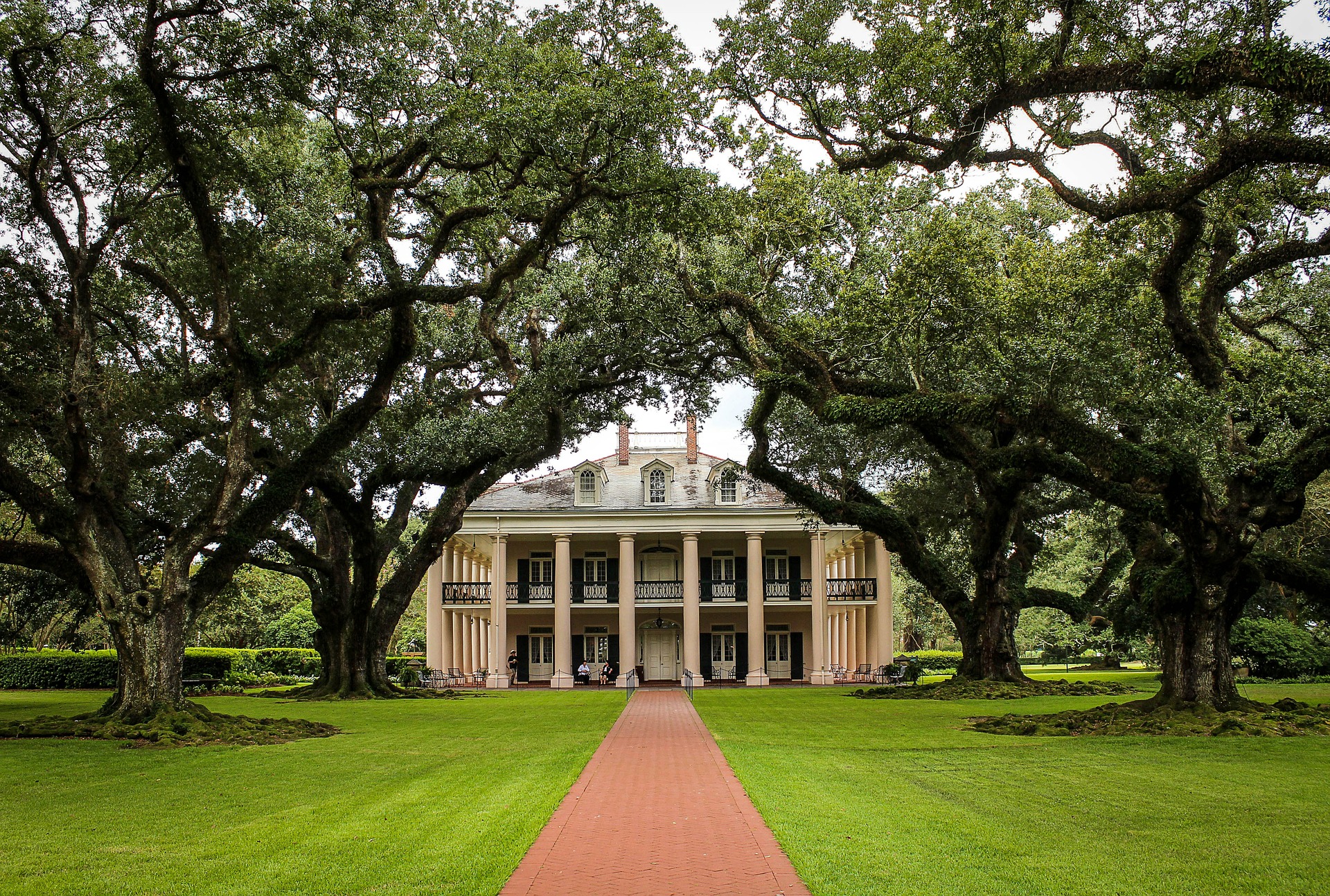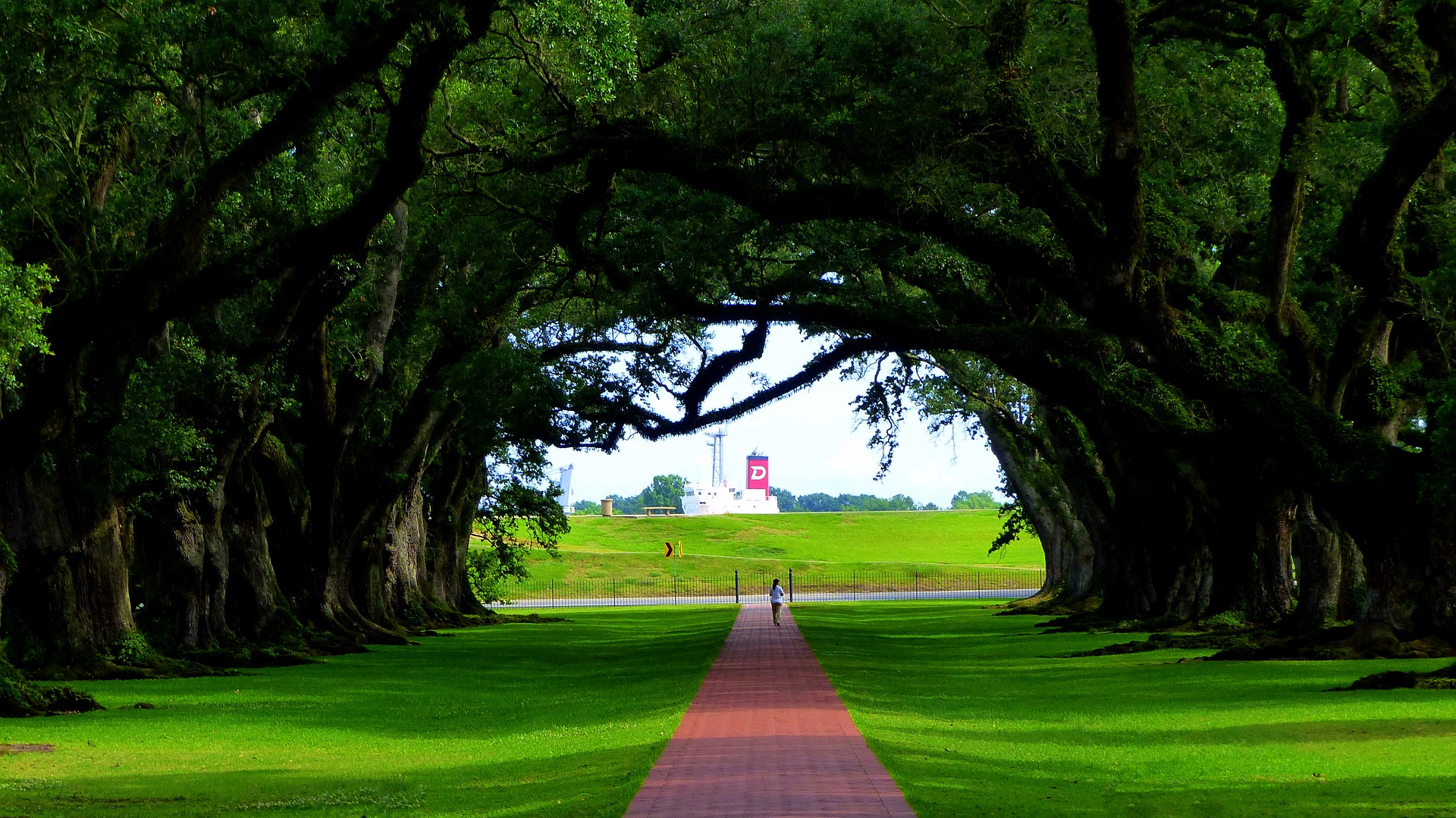What first comes to mind when reminded of the South of the United States? Maybe it's the confusing confusion of New Orleans Mardi Gross or the joy of horseback riding in Kentucky.
But often a view of the South, especially the Old South, is a view of life in the plantations. Of course, plantation life is long gone now, and we can all be happy about that. Based on the widespread use of slavery, the plantation system was largely abolished after the Civil War and after the liberation of slaves. But it's so interesting. It was a very different way of life in a very different world, and its heritage is part of making the South what it is today. Until someone creates a time machine, you will never be able to go back and see what life is like in southern Antebellum.
But when you stay at the Oak Alley Estate in Vachary, Louisiana, you will be forgiven for thinking you will be transported on time. An hour's drive from Baton Rouge you will reach this place. This is very pleasant to stay in and gives you an experience in a different environment
What to do at the Oak Alley Estate
Part of the appeal of access to the Oak Alley Estate is to enjoy the tranquillity of the rural environment. The well-prepared land on the property is the perfect place to relax. But peace and quiet mean that Oak Alley has nothing to do.
It is well-positioned to explore Baton Rouge and other exciting parts of Louisiana. Below are some of the must-see attractions here.
- Bayou Children's Museum - This museum is a great place to bring small children for afternoon entertainment. Kids will have a lot of fun with a replica cane harvester, a redesigned shrimp boat, playing the Mardi Gross parade and other classic Louisiana shows, without realizing they are learning something.
- Tours for Plantation - As well as touring the Oak Valley, you can explore the path known as the Plantation Parade, which will take you to many of the old houses in the area. Laura Plantations, St. Joseph's Plantations, Nottoway Plantations and many more are located along this historic road.
- Don't forget to go to Houma - Louisiana is home to several unique cultures, and the Cajun culture is well worth exploring. You can explore this fascinating world in Huma, a small town famous for its food, music and culture.
- Exciting kayak wetland tours - Louisiana is famous for its bays and swamps and has played an important role in the history of this waterway region. They are a great place to spot animals, including avocados. If you feel you need some activity, the kayak is the best way to explore these waterways. The small size and quiet silence of the self-propelled boats allow you to get closer to the creatures that thrive in the wetlands than any other method.
Arrival at the Oak Alley Estate
These days Oak Alley Plantations is a rest house and restaurant that allows you to experience a taste of the past. Guests are accommodated in self-contained cabins on the ground floor, allowing for privacy.
Depending on what you have been through, you can choose from the elegance of centuries-old homes or the newly built modern amenities. Each house is slightly different, adding to the unique and discreet charm of these accommodations.
However, every home has air conditioning, a refrigerator, a coffee maker, a Wi-Fi and microwave. Self-contained homes are ideal for couples relaxing and family vacations. For climatic reasons, oak alley cultivation is an extremely popular destination for weddings and other celebrations.
Group reservations are available so you can bring the whole family to your big day.
Oak Alley Estate
The estate was started in 1830 by Valcour Aim, one of the richest men in the South, when he bought the property.
Soon, however, he traded the property for another property owned by his brother-in-law, Jack Roman. The building of the present mansion, completed in 1839, was supervised by his architect with the help of his father-in-law. The name of the plantation comes from the road leading to the house. The oak in the right row is branched on both sides by a double row.
This striking feature is a perfect introduction to the Greek Renaissance mansion, which was a popular landscaping feature at the time. The landscaping and architecture of the estate have been added to the National Historic Landmarks and continue to attract visitors to this day.
The plant is also well-known in agricultural circles for developing peacock tree transplant innovations that began in Oak Alley in 1846. The beauty of the Oak Alley estate owes much to the efforts of a slave named Antoine.
His innovation in grafting peacock trees created a new type of peacock with a shell that could be torn off a person's bare hands. When Roman died in 1848, Antoine was given $ 1,000 in an inventory of his property. At the time, it was a fantastic amount of money to talk about this gardener's skills. Oak Alley's heyday was short-lived. The abolition of slavery after the Civil War meant that sugar production on the estate was no longer viable. Over the years, the property was sold to several owners and spent some time as a cattle ranch.
Oak Alley Cultivation was finally opened to the public in 1972.







0 Comments